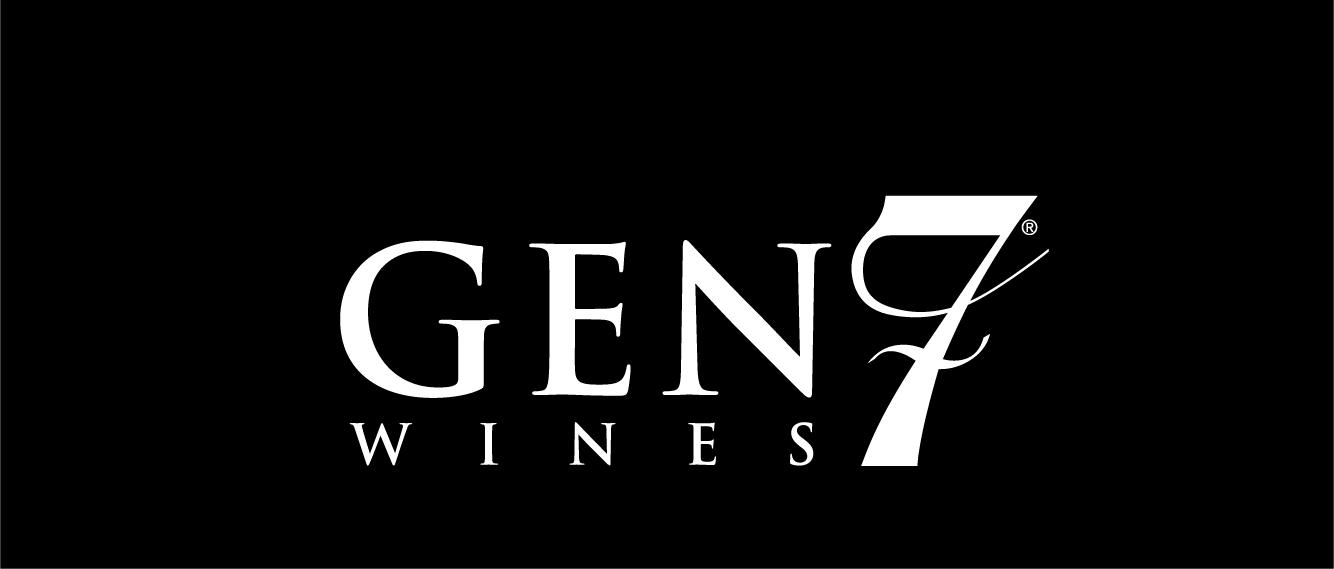Understanding Wine Vintages: What Makes a Year Good or Bad?
Did you know that each bottle of wine has a story? It's called the "vintage." Let’s understand wine vintages in simple terms: figuring out what makes a year good or bad for wine, how the weather affects it, and when the vintage is super important.
What is a Wine Vintage?
A wine vintage is like a birth year for the grapes in a bottle of wine. It tells us about the weather and how the grapes grew in that year. It's like a time capsule for wine.
When we talk about a wine's vintage, we're talking about when the grapes were picked to make that wine. Just like you have a birth year, wine has one, too. The grapes that go into making wine are grown in vineyards, which are influenced by the weather and climate of the year they were grown in. This year, the "vintage" is like a label that tells us the weather when those grapes were growing.
What Defines a Good or a Bad Vintage?
To know if a year is good or bad for wine, you look at one important thing: sunlight. Sunlight is the key that can make a vintage good or not-so-good.
In simple terms, how much sun it gets makes a vintage good or bad. If there are plenty of sunny days, it's great for grapes. They get all the right conditions to become perfectly ripe and tasty. But if a place gets too much rain and cloudy weather, the grapes might not ripen fully. This makes them more likely to get sick and taste bad.
On the other hand, if it's scorching and sunny, like having many days above 92 ºF (33 ºC), grapes can dry up and turn into raisins before they ripen. This can make the wine taste either flat or too bitter.
Assessing Vintage Quality
To determine if a vintage is good, you can check expert ratings on vintage charts. Remembering that what's considered a good vintage in one place might be different in another is essential. Also, a good year for red wines might not be as good for white wines from the same area. You can find trustworthy vintage charts that cover most of the world's wine regions.
Understanding the Influence of Weather on a Vintage
You can also evaluate whether a vintage was favorable or unfavorable by examining specific weather patterns during the growing season:
Spring: Cold weather can harm grapevines in spring, especially in places like Burgundy and New York. Sometimes, hailstorms can damage grapes, making the harvest very small. But this only sometimes means the wine will not taste good unless it makes the grape-growing season much shorter.
Summer: During summer, if it's rainy, grapes can get sick in regions like Virginia and Germany. But if it's very sunny and hot, like in California or Argentina, the grapevines might stop growing until it's cooler. Both of these situations can make the grapes not taste as good.
Fall: In the fall, when it's time to pick the grapes, rain can make them swell up. This can water down their flavor or even make them rot. Cold weather can also slow down the grapes' ripening. Bad weather during the harvest can make the vintage not very good.
It's worth noting that different grape varieties thrive in distinct climates. For example, Riesling flourishes in sunny regions with cool nights, while Cabernet Sauvignon requires a dry, hot, and sunny climate to reach full maturity.
When Does Vintage Matter Most?
The vintage year matters most in places where the weather can change a lot. Here are some examples:
Wines From Places with Unpredictable Weather: Some regions in Europe, like France, Germany, and Northern Italy, have weather that can be very unpredictable. That's when the vintage matters a lot. These places include Bordeaux, Burgundy, Champagne, Piedmont, Veneto, Lombardy, Rioja, Rias Baixas, Germany, New Zealand, parts of Chile, and Austria.
When Collecting Wines: People who collect wines care about the vintage. A good vintage means the grapes were fully ripe and had a lot of tannin and acidity, which helps the wine last a long time. The vintage year matters a lot for fancy red wines from places like Bordeaux, Burgundy, Piedmont, Spain, Australia, California, and South America. Even for white wines, like the best ones from Burgundy and Germany, the vintage affects how long they can age.
When Does Vintage Matter Less?
But in some places and for some wines, the vintage year doesn't matter as much. Here are a couple of examples:
Wines From Places with Predictable Weather: Some regions are lucky to have the same sunny weather almost every year. So, the vintage only changes the wine a little. This happens in many warm places like Central Spain, Portugal, Argentina, Australia, California, and Southern Italy.
Affordable Wines From Big Producers: Big wine companies make a lot of wine and want it to taste the same every year. So, they use tricks to ensure the wine stays mostly the same from one year to the next. That's why wines from big companies usually taste the same, no matter the vintage.
Vintage in wine is like a hidden code. Knowing what makes a year good or bad, how weather affects it, and when vintage matters a lot or a little can make your wine experience more enjoyable. So, when you open a bottle next time, remember there's a story waiting for you to taste and enjoy.
